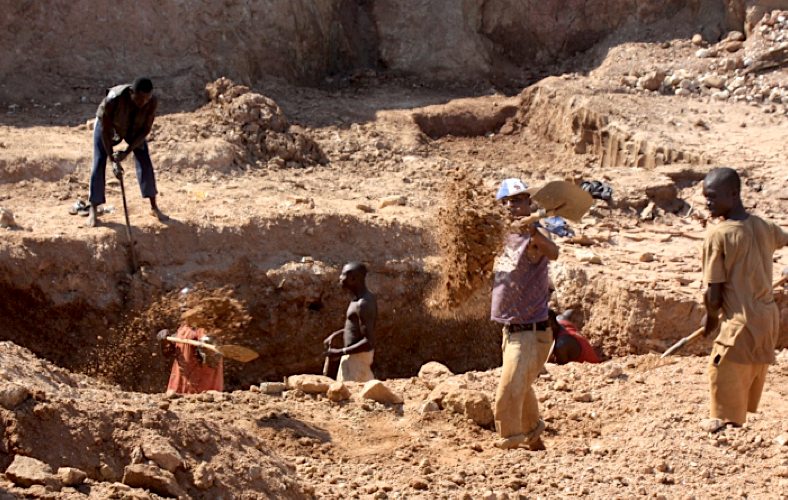Zimbabwe’s platinum mining sector is under mounting strain as the government’s foreign exchange retention policy continues to disrupt operations and investment. Under the current rule enforced by the Reserve Bank of Zimbabwe, mining companies are required to surrender 30% of their U.S. dollar export earnings in exchange for the local currency, Zimbabwe Gold (ZiG), at the official exchange rate. While the policy is intended to stabilize the national economy and bolster foreign currency reserves, it has triggered a standoff between the government and major platinum producers, including Zimplats, Mimosa, and Valterra Platinum. These companies argue that the rule is eroding profitability, delaying payments, and threatening the viability of their operations.
The consequences have been far-reaching. Mining firms report that the government has fallen behind on disbursing the ZiG equivalent of their surrendered earnings, with some companies claiming they have not received local currency payments since January. This delay has severely disrupted cash flow, forcing companies to postpone capital expenditure plans and scale back on operational activities. The timing is particularly challenging, as global platinum prices have been on a downward trend, further squeezing profit margins. Zimbabwe, the world’s third-largest producer of platinum group metals after South Africa and Russia, relies heavily on this sector for export revenue and economic growth. The forex rule, however, is now being viewed by many as counterproductive to those goals.
Industry leaders and the Chamber of Mines of Zimbabwe have voiced strong opposition to the policy, calling for urgent reforms to prevent long-term damage to the sector. They warn that continued enforcement could lead to reduced production, job losses, and a decline in investor confidence. The mining industry, which contributed nearly $690 million in platinum exports in the first half of 2025 alone, is a cornerstone of Zimbabwe’s economy. Any disruption to its stability could have ripple effects across the broader economic landscape, affecting everything from employment to foreign direct investment.
As the impasse continues, the government faces a critical decision: whether to maintain the current policy in pursuit of macroeconomic control or to revise it in favor of sustaining one of the country’s most vital industries. The outcome will not only determine the future of platinum mining in Zimbabwe but also signal the country’s broader approach to balancing economic sovereignty with the realities of global market dynamics. For now, the sector remains in a state of uncertainty, caught between fiscal policy and the pressing need for operational continuity.
